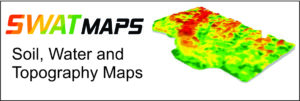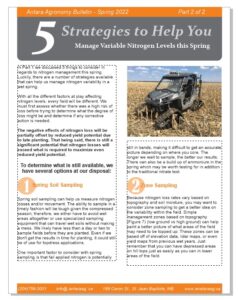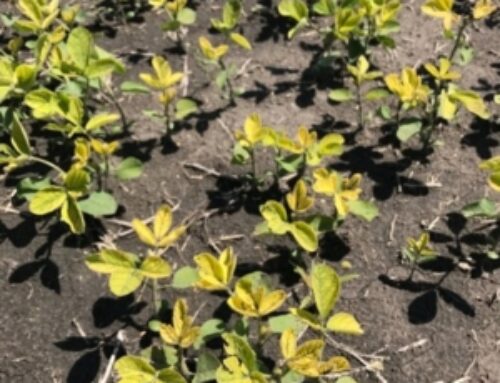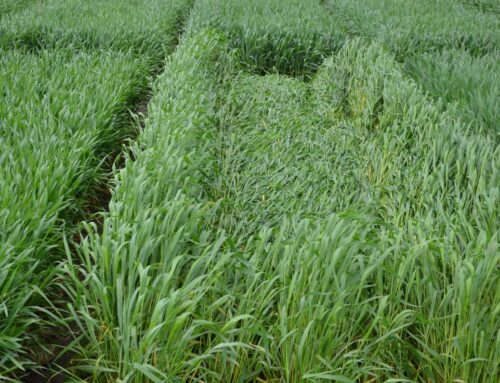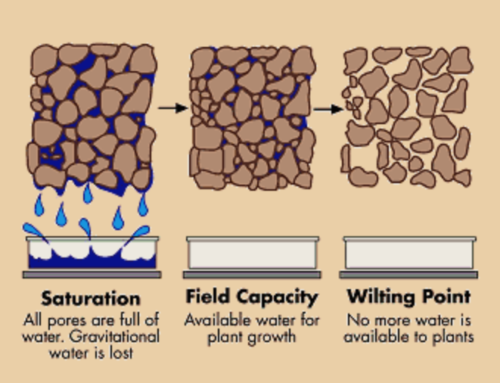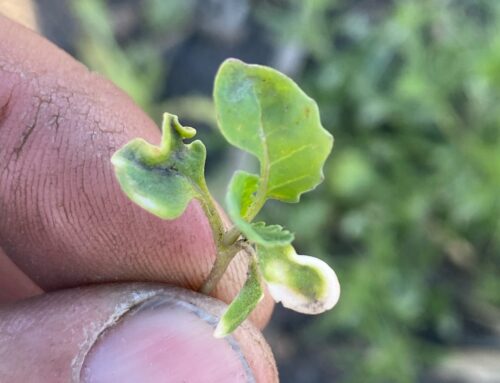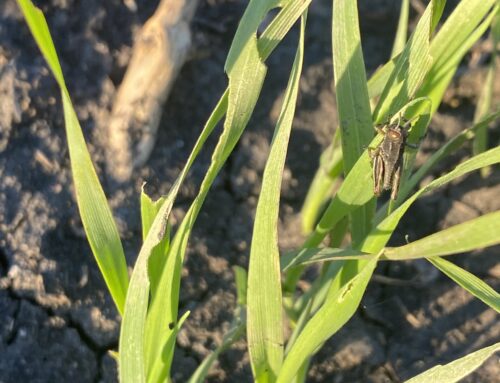There are a number of strategies available that can help us manage nitrogen variability in a wet spring. With all the different factors at play affecting nitrogen levels, every field will be different. We must first assess whether there was a high risk of loss before trying to determine what the degree of loss might be and determine if any corrective action is needed.
Here are 5 strategies to help you manage variable nitrogen levels this spring:
1. Spring Soil Sampling
Spring soil sampling can help us measure nitrogen losses and/or movement. The ability to sample in a timely fashion will be tough given the compressed season; therefore, we either have to avoid wet areas altogether or use specialized sampling equipment that can travel wet soils without making a mess. We likely have less than a day or two to sample fields before they are planted. Even if we don’t get the results in time for planting, it could still be of use for topdress applications.
2. Zone Sampling
Because nitrogen loss rates vary based on topography and soil moisture, you may want to consider zone sampling to get a better idea on the variability within the field. Simple management zones based on topography (Figure 7) (low ground vs high ground) can help paint a better picture of what areas of the field may need to be topped up. These zones can be based off of elevation data, lidar maps, or even yield maps from previous wet years. Just remember that you can have depressed areas on hill tops just as easily as you can in lower areas of the field.
Taking zone management to the next level, SWAT (Soil, Water and Topography) maps from Croptimistic Technology Inc use electrical conductivity to further refine zones by incorporating additional soil property layers.
Disclaimer: The author of this article is a 3rd party provider for SWAT Maps.
3. In-Season Soil and Tissue Testing
If at any time we suspect areas may be short on nitrogen once the crop is out of the ground, we can also collect in-season soil and tissue samples to compare good and bad areas within a field. This can help guide topdress applications used to correct any deficiencies.
4. Pre-sidedress Soil Nitrate Testing
Taking in-season soil testing one step further in corn we also have the pre-sidedress soil nitrate test (PSNT). The PSNT involves collecting 0-12 inch soil samples when the corn is 6-12 inches tall. The test has been calibrated to provide results that predict whether there is enough soil nitrogen available to meet the needs of the crop
5. Nitrogen-Fixing Bacteria
Lastly, new to the market are biological products that help plants fix atmospheric nitrogen. One such product we are evaluating in our research trials has shown interesting results. I say interesting because we have seen results in a percentage of trials despite dry conditions where nitrogen should not be a limiting factor. Although we still have lots to learn about these products, we think they warrant consideration in a year such as this where there is an elevated risk of losses, lots of variability, high replacement prices, and limited product availability.
If you are a producer and these things are keeping you up at night, the good news is that the strategies outlined in this article will help you combat potential nitrogen loss and make better decisions to ensure you don’t miss any opportunities to maximize your crop and this season. There is still an opportunity to soil test ahead of or into the season, and there are products available to help mitigate losses.
We offer a full suite of agronomy services including mapping, soil sampling, scouting, and more. If you are in the Red River Valley of Manitoba and would like to learn more about our services, please reach out!
Access the full bulletin at “5 Strategies to Help You Manage Variable Nitrogen Levels this Spring”

